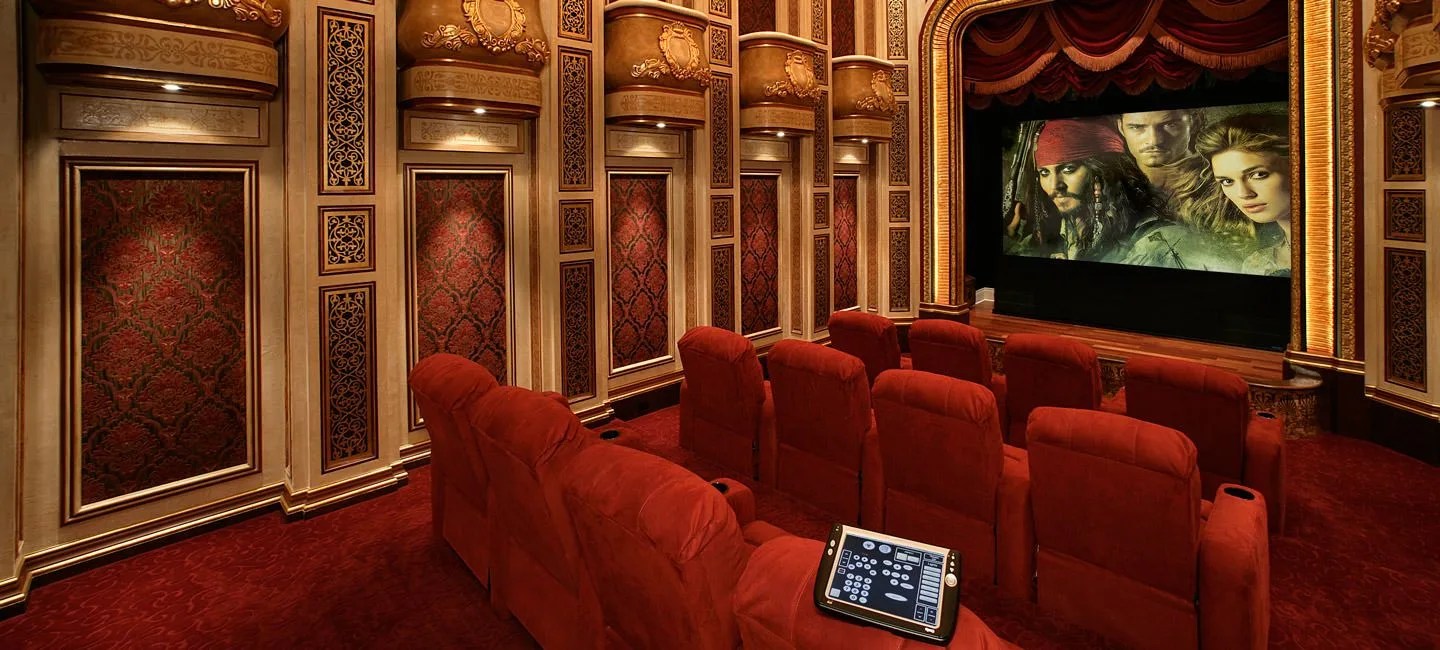There’s no shortage of technical jargon in the world of home theater. Phrases and specs are mentioned incessantly by manufacturers hoping to distinguish their expensive black box from the other expensive black boxes. Some of these measurables are relevant, others aren’t. As humans, it’s easy to just think that bigger means better. This survey covers the popular terms being tossed around by salesmen today and includes expert commentary to help you stay focused on what really matters.
The home theater experts we consulted were kind enough to share their knowledge and predict what they think will be the next big technology. If you’re interested in building a home theater and need help, contact these company owners:
Kerry Bright, Bright Home Theater, New York, NY
Dennis Erskine, The Erskine Group, Dallas, GA and Vancouver, WA
Theo Kalomirakis, TK Theaters, New York, NY
Tom Manna, Digital Home Systems, Rye Brook, NY
Mark Prancuk, Sight & Sound Showroom, Norwalk, CT
Video
It’s about light and color.
